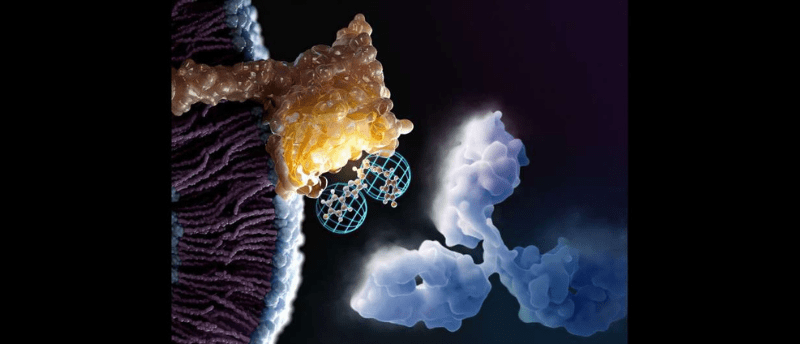The power of virtual screening for identifying small molecule drug candidates

Virtual screening — a computational technique that screens chemical libraries against a specific target — identifies promising small-molecule drug candidates for cancer immunotherapy.
A new method for screening millions of compounds to identify small molecules with the potential to bind to checkpoint inhibitors has been proposed by a team from the Gabr Lab at Weill Cornell (NY, USA).
Checkpoint inhibitors are a class of immunotherapy drugs that treat cancer by blocking proteins that prevent the immune system from attacking cancer cells. Currently, all FDA-approved checkpoint inhibitors are monoclonal antibodies (mAbs) and despite their efficacy as cancer treatments, they pose several limitations. Their large size contributes to suboptimal tumor penetration and requires them to be infused into the bloodstream. They also have high production costs and the potential to trigger immunogenicity in patients.
In contrast, small molecules are generally orally bioavailable and can penetrate tumors more effectively than mAbs. The difficulty lies in targeting immune checkpoint proteins, as they possess flat and dynamic surfaces that don’t bind to small molecules easily. To address this hurdle, researchers Somaya Abdel-Rahman and Moustafa Gabr set out to assess the co-crystal structures of immune checkpoints bound to mAbs.
The pair used a computational tool that identifies key interacting sites within the protein-protein interfaces on mAb-bound checkpoint proteins, generating pharmacophore maps; 3D models that show the essential features of the binding interactions. This allowed them to calculate molecule druggability scores and record how tightly the molecules bound together, which are essential properties to investigate for the rational design of small-molecule inhibitors.
This analysis guided the virtual screening of a database holding information about millions of commercially available small molecules. The most promising compounds were further tested to confirm binding affinity and specificity, in addition to being tested in cells to confirm their functional impact on immune checkpoint activity.
You may also be interested in:
- AI Offers New Clues for Early Pancreatic Cancer Detection
- Utilizing monoclonal antibodies to regulate checkpoint proteins & boost immune response
- Bispecific Antibodies are ‘Switching’ up Immunotherapy
The virtual screening method identified MG-T-19, a molecule that strongly inhibited TIM-3; a checkpoint receptor expressed by many different immune cells. When TIM-3 is blocked, T-cell responses against tumor cells are activated. MG-V-53, another compound identified in this study, was found to be a VISTA (an inhibitory checkpoint involved in tumor immune evasion) inhibitor with in vivo antitumor activity.
“The small molecules identified in this study not only exhibit strong binding affinities but also show promising activity in mouse models, including reducing the volume of tumors,” Gabr reported. “This suggests their potential for therapeutic development.”
Future studies will explore the optimization of top-hit compounds for clinical use, investigate other synergistic effects in combination therapies, and expand this unique virtual screening approach to additional immune targets.
“[Virtual screening] has the potential to expand the repertoire of available cancer therapies, improving patient outcomes and opening new avenues for research and development,” Gabr further explained.






